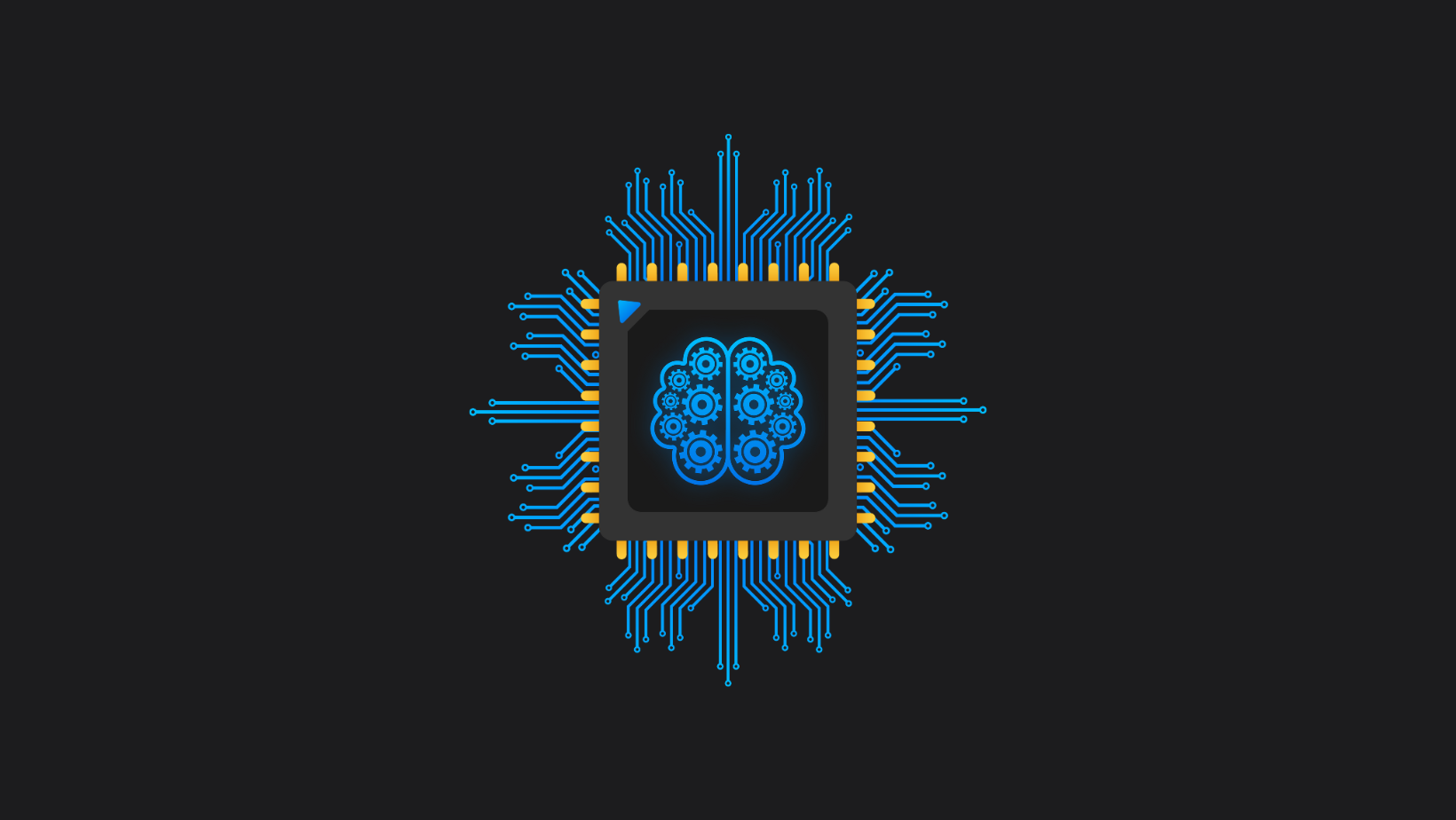At BluDeskSoft, we’re always watching the edge of what’s possible in tech, and sometimes, that edge moves faster than expected. Just a few days ago, two new patients received Neuralink – the brain-computer interface, and they’re already sharing their first experiences online.
One of them, Audrey Crews, made history. As the first woman to receive the Neuralink implant, she shared something compelling: her first attempt to trace her signature on a computer in 20 years.
Thought-Driven Technology, Real Human Impact
Neuralink, Elon Musk’s neurotech company, is building an interface that allows users to control a computer with nothing but their thoughts. The pace is accelerating: nine patients have now received the implant, and results are already being seen just days post-surgery.
Audrey, known as “P9,” was paralyzed at 16 after a car accident. Two decades later, she’s now controlling a computer cursor with her mind. She even posted a video of the cursor gliding across the screen during training, no muscle movement, just brain signals.
What’s behind this progress? Audrey received a new version of the Neuralink implant, with 128 ultrathin threads (double the previous version), each carrying 8 electrodes, connected to a small disc embedded in the skull. That’s 1,024 electrodes total, fine-tuned to reduce complications seen in earlier patients and improve signal stability over time.
A Shared Milestone
The same day, another patient, Nick Wray (P8), was also implanted. While he hasn’t shown his results just yet, he shared a heartfelt message about how excited he is to be part of this journey. It’s the first time Neuralink has operated on two patients in one day, a clear sign that their clinical program is moving forward.
Why This Matters to Us
At BluDeskSoft, we specialize in building future-ready digital solutions. But innovation isn’t just about code or design, it’s about empowering people. What Neuralink is doing goes far beyond convenience or novelty; it’s about restoring autonomy and creating new ways to interact with technology.
Watching someone like Audrey move a cursor or write her name using only brain signals is a reminder of where we’re heading. Interfaces are evolving. Accessibility is being redefined. And the digital world is becoming more human, one neural impulse at a time.
The Beginning of a New Era
We’re inspired by what’s happening at Neuralink. These early breakthroughs show what’s possible when science, engineering, and purpose align. With time and training, these patients will do more than control cursors; they’ll help shape the next generation of interfaces.

